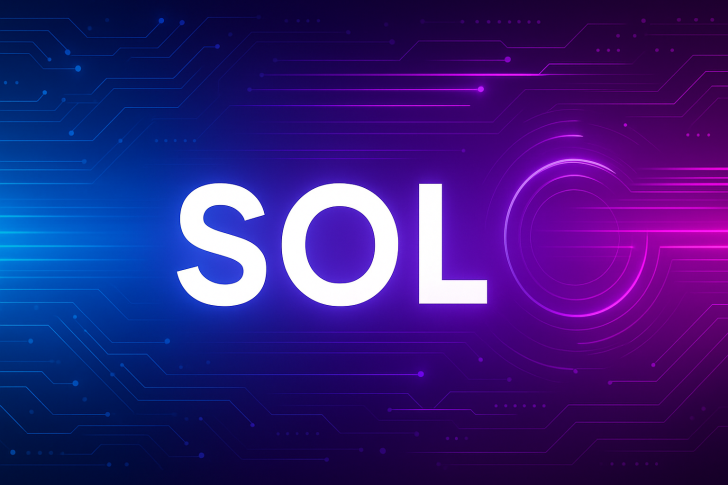Solana (SOL) could see major network improvements as a new proposal aims to nearly double block capacity to 100 million compute units, potentially impacting SOL trading.
Solana's getting ready for what could be its biggest upgrade yet. A new proposal wants to bump the network's block capacity from 60 million to 100 million compute units per block – that's almost doubling what it can handle right now. For SOL holders watching the token trade down 5.91%, this could be the kind of technical breakthrough that changes everything.
The guy behind this ambitious plan is Lucas Bruder, CEO of Jito Labs, who thinks Solana's ready to handle way more traffic than before. His reasoning? The network isn't getting bottlenecked by execution times anymore, so why not let it run at full speed? This comes just weeks after Solana already got a 20% boost, jumping from 48 million to 60 million compute units per block.
SOL Network Finally Tackling Its Biggest Problem
Anyone who's used Solana this year knows the pain – network congestion during those crazy memecoin trading sprees basically brought everything to a crawl. It wasn't a good look for SOL's price or the network's reputation. But this new proposal directly tackles that problem head-on.
Mert Mumtaz from Helius put it pretty simply when talking about the recent 20% upgrade: it means "lower fees, given same demand, more expressiveness for devs, and better UX for users." Now imagine what nearly doubling that capacity could do. We're talking about a network that could actually handle the next crypto boom without breaking a sweat.
The original block limits were set up conservatively to make sure all validators could keep up. But things have changed. Validators are performing better, the tech's been optimized, and now there's room to really push the boundaries. For SOL traders, this could mean the difference between a network that chokes under pressure and one that thrives when things get busy.
What This Really Means for SOL Price
Here's the thing – better tech usually means better prices, at least in the long run. When a blockchain can actually deliver on its promises without falling apart during high-traffic periods, developers stick around, users stay happy, and demand for the native token grows.
But let's be real about the risks too. Bigger blocks mean longer execution times, and there could be some unexpected issues with infrastructure that goes beyond just the validators. The crypto world's seen plenty of upgrades that looked great on paper but caused headaches in practice.
Still, if Solana pulls this off, it puts SOL in a pretty sweet spot compared to other networks still struggling with scaling. While Ethereum's betting big on layer-2 solutions and other chains are trying different approaches, Solana's going for the straightforward "let's just make everything bigger and faster" strategy.
The proposal's still being reviewed, but if it gets the green light and rolls out smoothly, SOL could be looking at some serious upside potential. For a network that's been fighting congestion issues all year, finally having the capacity to handle whatever gets thrown at it could be exactly what SOL needs to break out of its current trading range.
 Usman Salis
Usman Salis

 Usman Salis
Usman Salis

